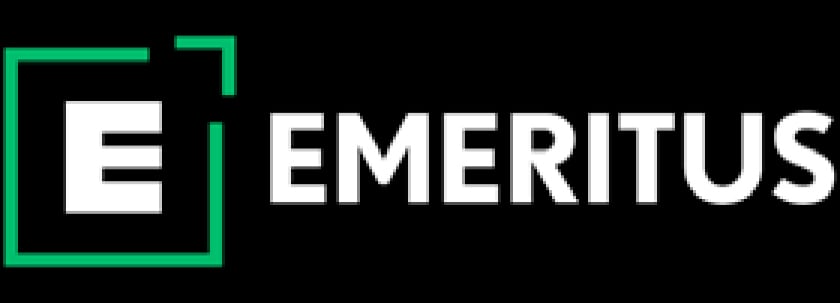Creating a culture of diversity and inclusion in the workplace

Does your company calculate the value of diversity in the form of numbers? If yes, do you know the number? If yes, do you value the number? Do you genuinely feel that these numbers resonate with the entire organization you work for?
We must have noticed a lot of companies post jobs that are specifically for men or women. And many of us in HR know that when we publish a job for a man, women can’t handle that job. On the other hand, a job post that says it wants only female candidates tells us that they are trying to balance the ‘ratio of men and women and hence are trying to achieve the ‘diversity’ numbers.
There’s a reason for the inverted commas on men and women and diversity in the line above because I would like to pose a question to you now. Is diversity restricted to only gender?
I have a better question. Do we know the meaning of the word ‘diversity’? Do we truly understand the word ‘diversity’?
Diversity is about what makes each of us unique and includes our backgrounds, personality, life experiences and beliefs, and everything that makes us who we are. It is a combination of our differences that shape our view of the world, our perspective, and our approach.
Now, when you read the above statement, which most internet searches will throw out, does it restrict itself to gender anywhere? It doesn’t even have the word ‘gender.’
Then what are we trying to do by posting jobs only for males and females to solve our diversity problems?
 Our company isn’t diverse, because in our minds we’ve restricted it to only male and female. When we limit our diversity solutions to the number of males and females, aren’t we promoting the concept of ‘inequality’ a little more because, on the one hand, you know for a fact that you’re trying to give an opportunity to them and on the other hand the men of the organisation are still trying to exert authority by thinking that they’re doing a favour by offering jobs to women.
Our company isn’t diverse, because in our minds we’ve restricted it to only male and female. When we limit our diversity solutions to the number of males and females, aren’t we promoting the concept of ‘inequality’ a little more because, on the one hand, you know for a fact that you’re trying to give an opportunity to them and on the other hand the men of the organisation are still trying to exert authority by thinking that they’re doing a favour by offering jobs to women.
I was working for a company where I was part of the leadership team, and one day when we were sitting together, an external consultant entered the room and saw thirteen full-grown males in front of him and asked us sarcastically if, as an organisation we had a problem with hiring women.
In that organisation, none of us ever made any conscious effort not to have women leaders in the team. It just so happened that there weren’t many women on the leadership team, and it got us thinking about the example we were setting for the entire organisation. I’m sure that even the women in the organisation must feel they don’t have a shot at leadership.
This was just an example of gender diversity that we inadvertently missed. Imagine how we advertently miss all the other aspects of diversity in so many organizations.
Do you know that there are more than 40 types of sexual orientations? Do we have a policy for inclusion? Do you know of any company that has a policy for inclusion? Today, visibly, if a eunuch walks into your office for an interview, ask yourself, are you going to be comfortable hiring them? You may say I’m evolved, I’m progressive, and that I can easily look at the skills and ignore the sexual orientation, the looks, and the background but have you actually stopped for a moment to fathom the possible humiliation and embarrassment and exclusion that this candidate may feel by the people of the organisation.
Just because I’m progressive (forget about being progressive), just because my thoughts are aligned to this, and I’m ready for this change doesn’t validate that the organisation I work for is prepared for this change too. So, the question I pose to myself is, ‘am I doing a disservice to the candidate by bringing her into an environment of exclusivity, or am I doing a service to her by providing an opportunity for her to build her career here?’. Now isn’t that a pickle?
So now, let’s go back to the title of this article, where we are only looking at gender diversity numbers. Do these numbers validate how I think? Do these numbers validate how my organisations think? Or do they represent minutely the readiness of the organisation I work for?
Now you tell me, is diversity something that can be calculated? To conclude, I would like to request the HR leaders of organisations to spend less time on calculations, reports, and analysis on diversity and spend a lot more time on coaching and imparting awareness on how to be truly and wholly inclusive as an organisation.
In life, this is a lesson not limited to the corporate world; in fact, the corporate world is included in the whole sphere of equity and diversity.
~HR Expert
Want to start your leadership journey? Learn more about how Emeritus India can help you upskill and reskill yourself through our leadership and management courses.





